 By Donnell Ann Bell
By Donnell Ann Bell
Happy Monday, Stiletto Gang and readers! I was notified that my third published novel is going on sale June 16 through June 30, 2023, which of course I find exciting. It also made me think about the story and all that went into it. Research, check. . .Mysterious characters, check . . .Conflict, check . . . Romantic tension, check . . . Interesting settings, check. . . Plot problems . . . .AHEM. Unfortunately, that part of the book received a big red X before I could check off Believable Plot.
The novel I’m talking about is called Betrayed. To date, my publisher has changed most of my working titles. Truthfully, I worried about this title because if you do a search for “Betrayed” you will find a long list. Back when I submitted the book for editing, I thought about changing it altogether or adding an adjective so it might stand out more from the myriad novels bearing the same name. But as one reviewer wrote in her headline:
“Wow! BETRAYED Sums up this One Nicely.”
I couldn’t agree more, which is when I left the working title “as is” and sent it off to my editor. I do admit to crossing my fingers they would keep it. BelleBooks/Bell Bridge Books agreed and Betrayed has been one of my bestselling novels.
It’s the story of Irene Turner, a trap shooting champion from Oklahoma City who discovers the stillborn she delivered twenty-eight years earlier is still alive. Irene is damaged so I did my best to slip into the mindset of a woman who’d recently lost her fifteen-year-old son, then receives the shock of her life—the daughter she thought dead is alive and and residing in Denver.
When creating characters, I do my utmost not to intrude on their story. For instance, Irene may be a gun expert and has no fear of them, but her daughter Kinsey despises them and is a proponent of gun control. I wanted to include both points of view, rather than take a stance on a highly volatile issue.
I often enlist beta readers after critique and before I submit to my editor. I was pretty confident when I asked my 2010 Golden Heart sister and fellow Sisters in Crime member Author Rochelle Staab to give me her thoughts. I expected accolades. What she came back with was, “You know better than this. This would never happen.”
Did Rochelle glitch on the gun issue? No. Did she glitch on another plot point? You know it.
SPOILER ALERT: In the story Kinsey is kidnapped by drug dealers. I have a healthy respect for what drugs (particularly illegal ones and what side effects can occur even after a single dose.) Knowing this, I disregarded what would likely happen in reality and intruded BIG TIME on the story. From the beginning of my writing career, I have heard the phrase and abided with MAKE YOUR CHARACTERS SUFFER.
But @#$# I didn’t want to give her a drug that could potentially kill her! My intentions were good, honest!!! So I cheated. Instead of a deadly drug the gang members had ready access to, I had them give her a sleeping drought. Yeah, that’s believable. NOT. Was Rochelle right and did I take her advice and fix this plot problem? What do you think 😉
If you like, you can find out for yourself. Betrayed is available wherever books are sold in trade paperback and digital format. Also, don’t forget, the sale is ongoing through June 16-30, 2023. Links on my website: https://www.donnellannbell.com/books/romantic-suspense-thrillers/betrayed/
In closing, I wonder several things.
- Do my fellow authors reading this blog enlist beta readers?
- Have you ever had a plot hole in your novels, you knew intrinsically would be a problem, but you thought maybe you could get away with it?
- Do you work to avoid author intrusion in your novels?
- Do you consider yourself a fearless creator?
By the way, here’s Rochelle’s final thoughts followed by the blurb:
“Absorbing and fast-paced from the chilling opening chapters to the shocking denouement, Donnell Ann Bell proves once again to be a master of suspense with Betrayed, a tale of consequences from a woman’s long-ago indiscretion that dominoes into a nightmare of deception, bitterness, greed, and murder. A compelling must-read!” ~ Rochelle Staab, bestselling author of the Mind for Murder Mysteries
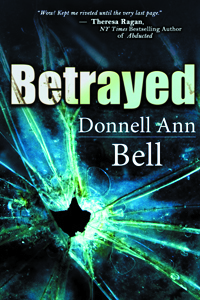 About Betrayed:
About Betrayed:
A mother told her baby’s dead was a lie.
A daughter rocked by her true identity.
A detective risking his life to protect them both.
When Irene Turner learns the incomprehensible—that the stillborn she delivered 28-years earlier is alive, she takes the evidence to Major Crimes Detective Nate Paxton in Denver Colorado. Nate can’t believe that the daughter stolen at birth is Kinsey Masters, a world-class athlete, raised by a prominent Denver family, and the unattainable woman he’s loved for years.
Irene, Nate, and Kinsey discover a sordid conspiracy, one that may get them all killed as they face past betrayals and destructive revenge.
https://www.donnellannbell.com/books/romantic-suspense-thrillers/betrayed/
About the Author:
Multi-award winning Donnell Ann Bell knows statistically that crime and accidents happen within a two-mile radius of the average residence. For that reason, she leaves the international capers to world travelers, and concentrates on stories that might happen in her neck of the woods.
Over the last few years, Donnell has fallen in love with writing multi-jurisdictional task force plots, keeping close tabs on her theme SUSPENSE TOO CLOSE TO HOME. Her single-title romantic suspense novels, The Past Came Hunting, Deadly Recall, Betrayed, and Buried Agendas, are Amazon bestsellers.
Traditionally published with Belle Books/Bell Bridge Books, Black Pearl, a Cold Case Suspense is her first straight suspense and book one of a series. Her second book in the series, Until Dead is also available wherever books are sold. To learn more, sign up for her newsletter and follow her via www.donnellannbell.com Facebook https://www.facebook.com/donnellannbell and Twitter @donnellannbell

 I first pondered this when I helped write the thriller Five Minutes to Midnight. The author was an international expert on terrorism, and not a native English speaker. To start with, he asked for help in naming the main character, who plied the same profession as he did. The hero was bold and dangerous. After playing with possibilities, I came up with Sartain. To my ears, it sounded like a good cross between the word “certain” and the ultimate tough guy, Satan. The author loved it.
I first pondered this when I helped write the thriller Five Minutes to Midnight. The author was an international expert on terrorism, and not a native English speaker. To start with, he asked for help in naming the main character, who plied the same profession as he did. The hero was bold and dangerous. After playing with possibilities, I came up with Sartain. To my ears, it sounded like a good cross between the word “certain” and the ultimate tough guy, Satan. The author loved it.

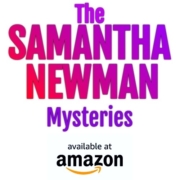
 Following a Character into a Book by Linda Rodriguez
Following a Character into a Book by Linda Rodriguez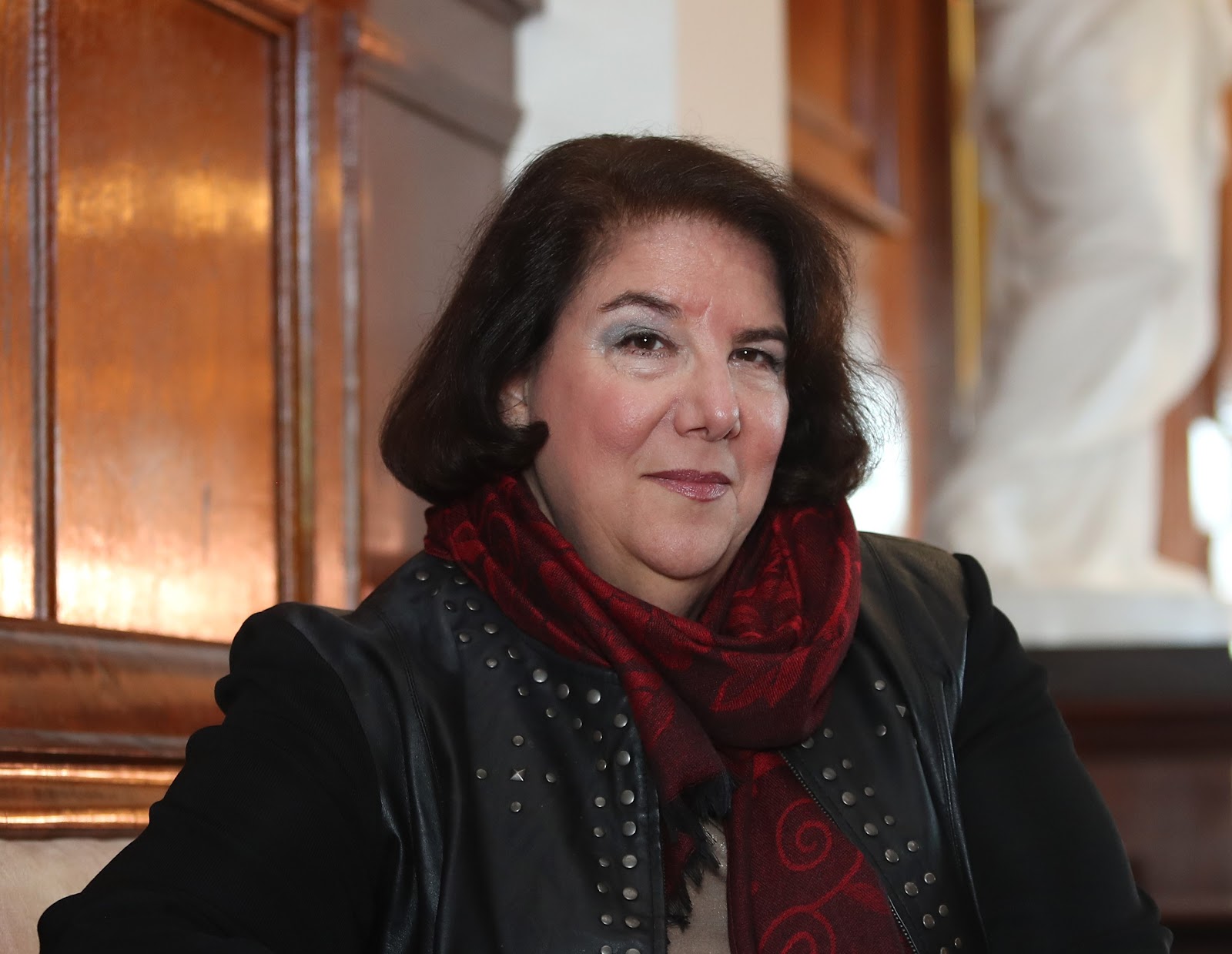

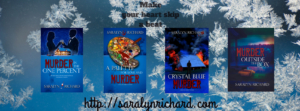


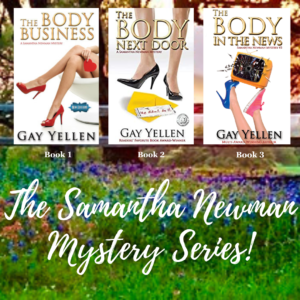





 Their daughter, an architect, prepared the blueprints. She assisted in tree cutting, testing the clay content in the soil, and manufacturing the adobe bricks and puddled adobe used in the construction. As you can see from the exterior and interior photos, they constructed a wonderful home. Imagine building your own and creating such a beauty!
Their daughter, an architect, prepared the blueprints. She assisted in tree cutting, testing the clay content in the soil, and manufacturing the adobe bricks and puddled adobe used in the construction. As you can see from the exterior and interior photos, they constructed a wonderful home. Imagine building your own and creating such a beauty!


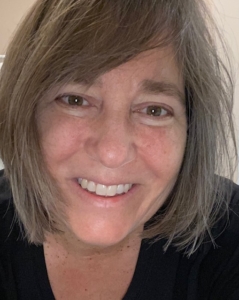


 When the writing is going well, I’m listening to Samantha and Carter and their supporting cast as they dictate their words to me. Older people use different words than younger adults and children do. Sticklers for facts, such as my detective, Buron Washington, are more clipped and precise when they speak. And so on, down to a new character whose vocabulary is unique unto itself.
When the writing is going well, I’m listening to Samantha and Carter and their supporting cast as they dictate their words to me. Older people use different words than younger adults and children do. Sticklers for facts, such as my detective, Buron Washington, are more clipped and precise when they speak. And so on, down to a new character whose vocabulary is unique unto itself. By Donnell Ann Bell
By Donnell Ann Bell
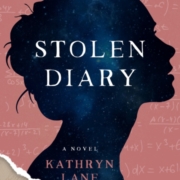


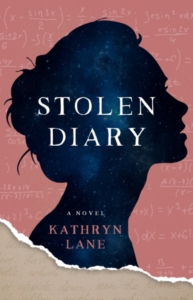
 Kathryn Lane writes mystery and suspense novels set in foreign countries. In her award-winning Nikki Garcia Mystery Series, her protagonist is a private investigator based in Miami. Her latest publication is a coming-of-age novel, Stolen Diary, about a socially awkward math genius.
Kathryn Lane writes mystery and suspense novels set in foreign countries. In her award-winning Nikki Garcia Mystery Series, her protagonist is a private investigator based in Miami. Her latest publication is a coming-of-age novel, Stolen Diary, about a socially awkward math genius.
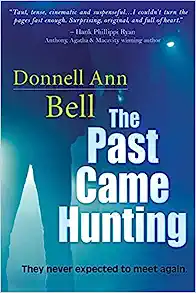
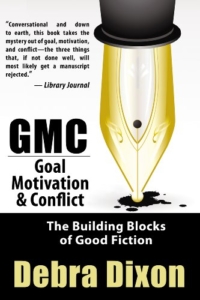 Conflict. When people refer to respected craft books, Goal Motivation and Conflict is listed at the top among Dwight Swain’s Techniques of a Selling Writer and Joseph Campbell’s The Heroes Journey.
Conflict. When people refer to respected craft books, Goal Motivation and Conflict is listed at the top among Dwight Swain’s Techniques of a Selling Writer and Joseph Campbell’s The Heroes Journey.  As you might imagine, Debra Dixon is also incredibly well read. When I veered from romantic suspense to the suspense genre, she recommended I read Under the Beetle’s Cellar by Mary Willis Walker. I devoured that book in a single weekend. If you love suspense, I recommend it as well.
As you might imagine, Debra Dixon is also incredibly well read. When I veered from romantic suspense to the suspense genre, she recommended I read Under the Beetle’s Cellar by Mary Willis Walker. I devoured that book in a single weekend. If you love suspense, I recommend it as well.